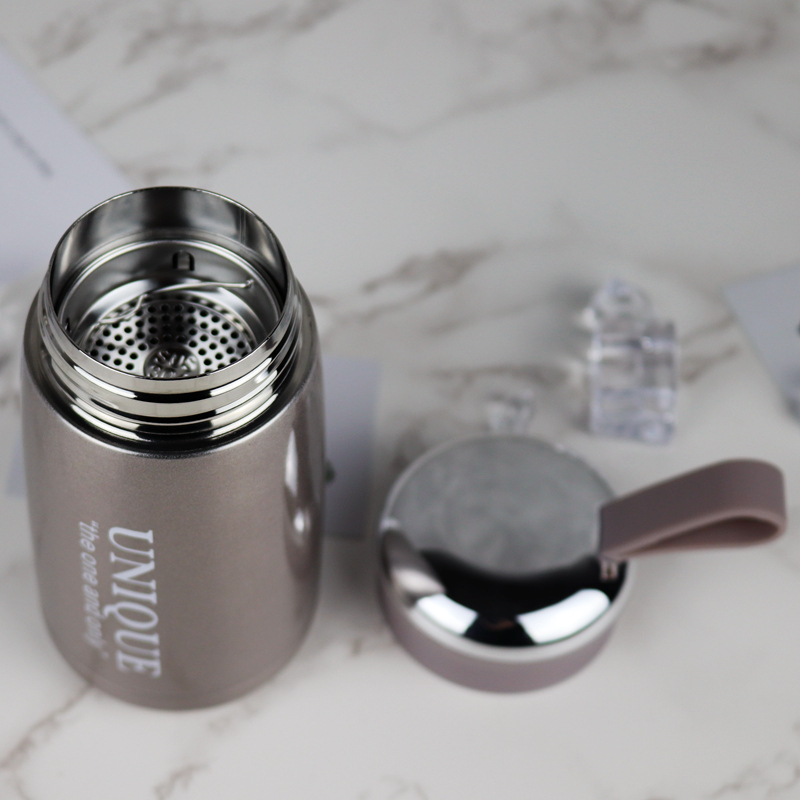In the previous article, the spin-thinning process was also explained in detail, and it was also mentioned which part of the water cup should be processed by the spin-thinning process. So, as the editor mentioned in the previous article, is the thinning process only applied to the inner liner of the water cup body?
The answer is no.
Although many water cups currently on the market that use the spin-thin process mostly use the process on the inner liner of the water cup, this does not mean that the spin-thin process can only be used for the liner of the water cup.
In addition to reducing the weight of the original product, the spin-thinning process is also partly to increase the beauty of the surface of the water cup. Usually, the inner liner of the water cup using the spin-thin process is welded. After the finished product, there is an obvious welding scar. Therefore, many consumers and buyers do not like this effect. The liner that uses spin-thin technology will first become lighter, and the feeling is very obvious when using it. At the same time, during the thinning process, the rotary knife eliminates the welding scars, and the inner tank becomes smooth without traces, greatly improving the aesthetics.
Since the function of spin-thinning is to reduce weight and remove weld scars, the shell is also a water cup made by welding process. The shell is also suitable for spin-thinning process. Water cups that use spin-thinning technology both inside and outside will become lighter. Due to the thinner wall thickness, The vacuuming effect between the double layers will be more obvious on the surface, that is, the thermal insulation performance of the water cup using spin-thin technology both inside and outside will be greatly improved.
However, there is a limit to thinning. You cannot just thin for the sake of thinning. Whether it is 304 stainless steel or 316 stainless steel, there is a limit to the wall thickness tolerance. If the back is too thin, not only will the original function of the water cup not be maintained, In addition, the cup wall that is too thin cannot withstand the external pressure caused by the interlayer vacuum, causing the water cup to deform.
Post time: Apr-22-2024
